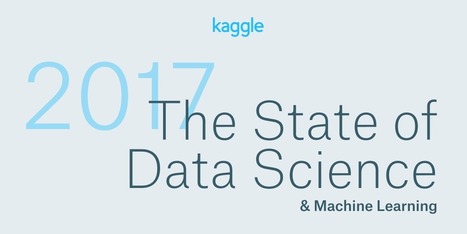This year, for the first time, we conducted an industry-wide survey to establish a comprehensive view of the state of data science and machine learning. We received over 16,000 responses and learned a ton about who is working with data, what’s happening at the cutting edge of machine learning across industries, and how new data scientists can best break into the field. The below report shares some of our key findings and includes interactive visualizations so you can easily cut the data to find out exactly what you want to know. Here are some sample takeaways:
- While Python may be the most commonly used tool overall, more Statisticians report using R.
- On average, data scientists are around 30 years old, but this value varies between countries. For instance, the average respondent from India was about 9 years younger than the average respondent from Australia.
- The highest percentage of our respondents obtained a Master’s degree, but those in the highest salary ranges ($150K+) are slightly more likely to have a doctoral degree.
We’ve shared the full, anonymized dataset on Kaggle for you to download and explore. To participate in the conversation, share your analyses and code alongside the data so together we can continue advancing the state of data science and machine learning. You can even win cash prizes for your work. Who is Kaggle?



 Your new post is loading...
Your new post is loading...









Very interesting Data Points on Data Science